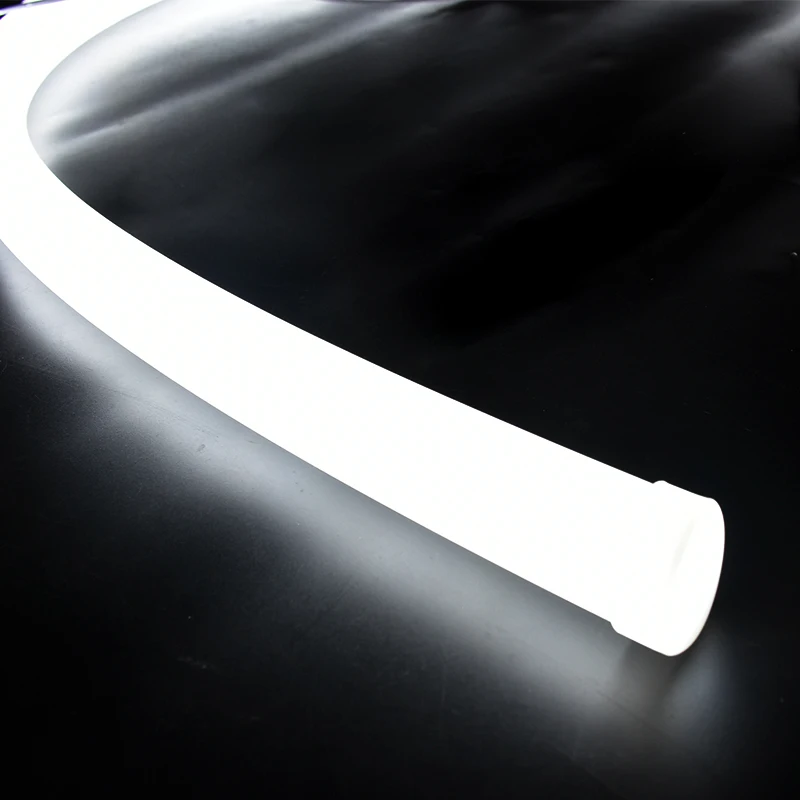By thoroughly evaluating the condition, material, and structure of your roof, as well as addressing any necessary repairs or modifications, you can confidently embark on your solar energy journey, ensuring a safe and efficient integration of solar panels into your home’s energy system.
Even with this comprehensive understanding, determining your roof’s capacity for solar panels can be challenging. Don’t hesitate to reach out—our team of solar experts is on standby, ready to assist you in making the right decision for your home!
 Home
Home











